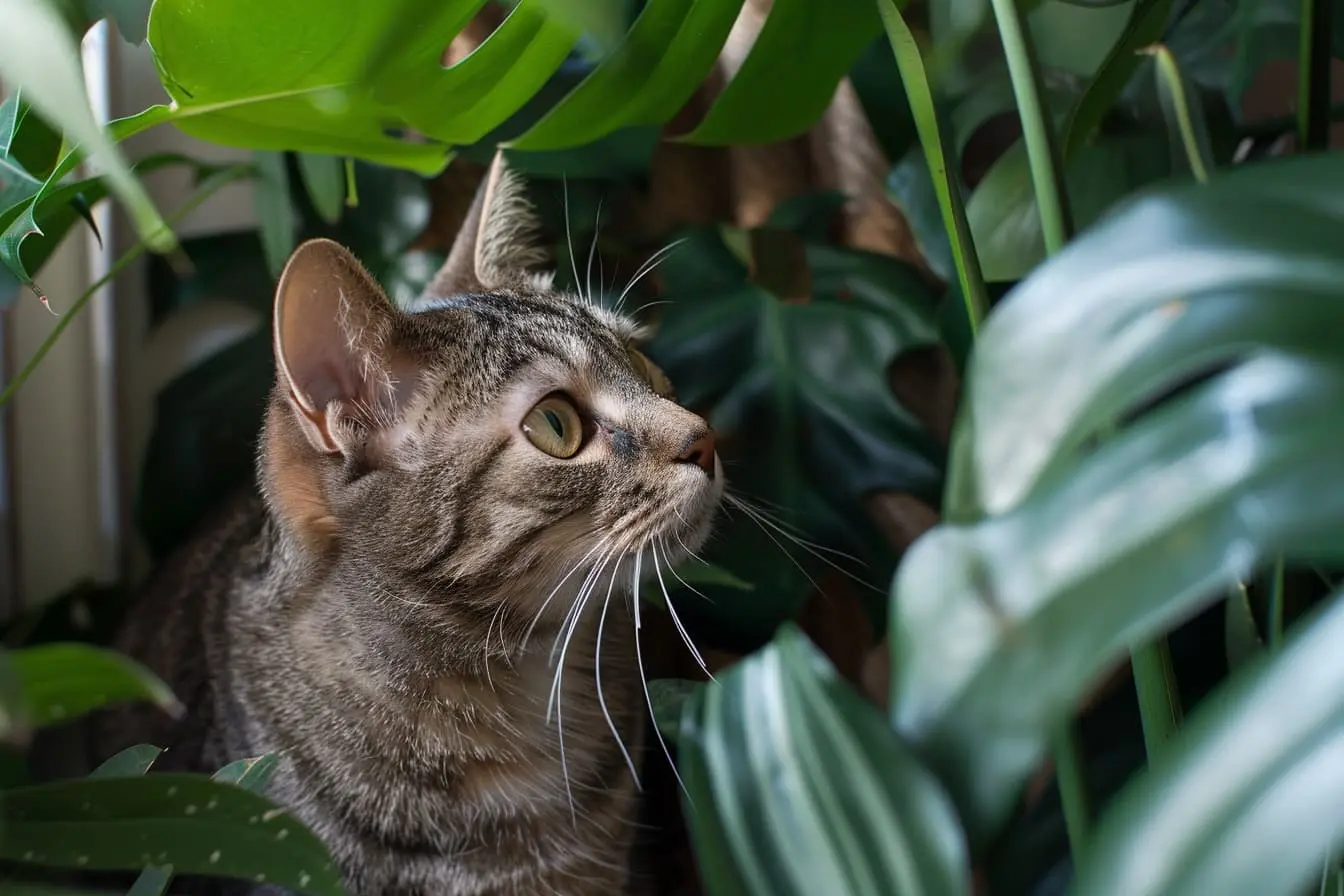
A Guide to Toxic Plants for Cat Owners
Welcoming a feline friend into your home is a joyous occasion. Cats, with their playful antics and affectionate demeanour, quickly become cherished members of the family. However, cat ownership comes with its set of responsibilities, one of which is ensuring their safety and well-being. A common oversight by many new cat owners is the presence of potentially toxic plants within their home and garden. This guide aims to educate and inform you about such plants to create a safe environment for your furry companion.
Why Worry About Plants?
Cats are curious creatures by nature. They love to explore and occasionally nibble on greenery. Unfortunately, several common household and garden plants are toxic to cats. Ingestion of these plants can lead to a range of symptoms from mild irritation to severe health issues, and in extreme cases, even death. Knowing which plants pose a threat can help prevent potential disasters.
Common Toxic Plants for Cats
-
Lilies (Lilium spp. and Hemerocallis spp.): All parts of these plants are highly toxic to cats. Ingestion can lead to kidney failure. Even small amounts, such as pollen licked off their fur, can be dangerous.
-
Sago Palm (Cycas revoluta): Often used as an ornamental plant, all parts of the sago palm are poisonous to cats, with the seeds being the most toxic. It can cause vomiting, diarrhoea, and liver failure.
-
Tulips (Tulipa spp.): The bulb of the tulip contains toxins that can cause intense gastrointestinal irritation, drooling, loss of appetite, and heart abnormalities in cats.
-
Azaleas and Rhododendrons (Rhododendron spp.): Eating even a few leaves can cause oral irritation, vomiting, diarrhoea, and lethargy in cats. Severe cases can lead to coma or death.
-
Daffodils (Narcissus spp.): The bulbs of daffodils contain lycorine, a compound that triggers vomiting. Ingestion can also lead to abdominal pain, diarrhoea, heart problems, and convulsions.
-
Oleander (Nerium oleander): Every part of the oleander plant is toxic to cats, causing severe symptoms such as gastrointestinal tract irritation, abnormal heart function, hypothermia, and even death.
-
Dieffenbachia (Dumb Cane): This common houseplant can cause oral irritation, intense burning and irritation of the mouth, lips, and tongue, difficulty swallowing, and vomiting in cats.
Prevention and Action
-
Knowledge is Power: Familiarise yourself with the plants in your home and garden. Research or consult a professional to ensure they are safe for your cat.
-
Safe Alternatives: Opt for cat-safe plants like catnip, spider plant, and valerian, which can be enjoyable and safe for your feline friend to explore.
-
Immediate Action: If you suspect your cat has ingested a toxic plant, contact your veterinarian immediately. Quick action can make a significant difference in the outcome.
-
Keep Plants Out of Reach: Whenever possible, keep potentially toxic plants out of your cat's reach. This may not always be feasible, so opting for safe plants is the best policy.
Conclusion
Cats enrich our lives in countless ways, bringing joy and companionship to our homes. As responsible cat owners, it's crucial to ensure our homes are safe for our feline friends. By being aware of the toxic plants listed above and taking the necessary precautions, you can create a safe and welcoming environment for your cat. Remember, if in doubt about a plant's safety, it's best to err on the side of caution and remove it from your home or garden.
Vets near you
Speciality vets
- Aquatics vet specialists
- Birds vet specialists
- Camelids vet specialists
- Cats vet specialists
- Cattle vet specialists
- Deer vet specialists
- Dogs vet specialists
- Equines vet specialists
- Exotic vet specialists
- Goats vet specialists
- Pigs vet specialists
- Poultry vet specialists
- Sheep vet specialists
- Small Mammals vet specialists
- Wild vet specialists



